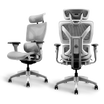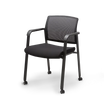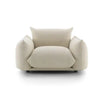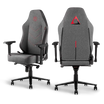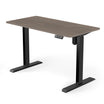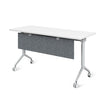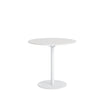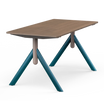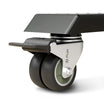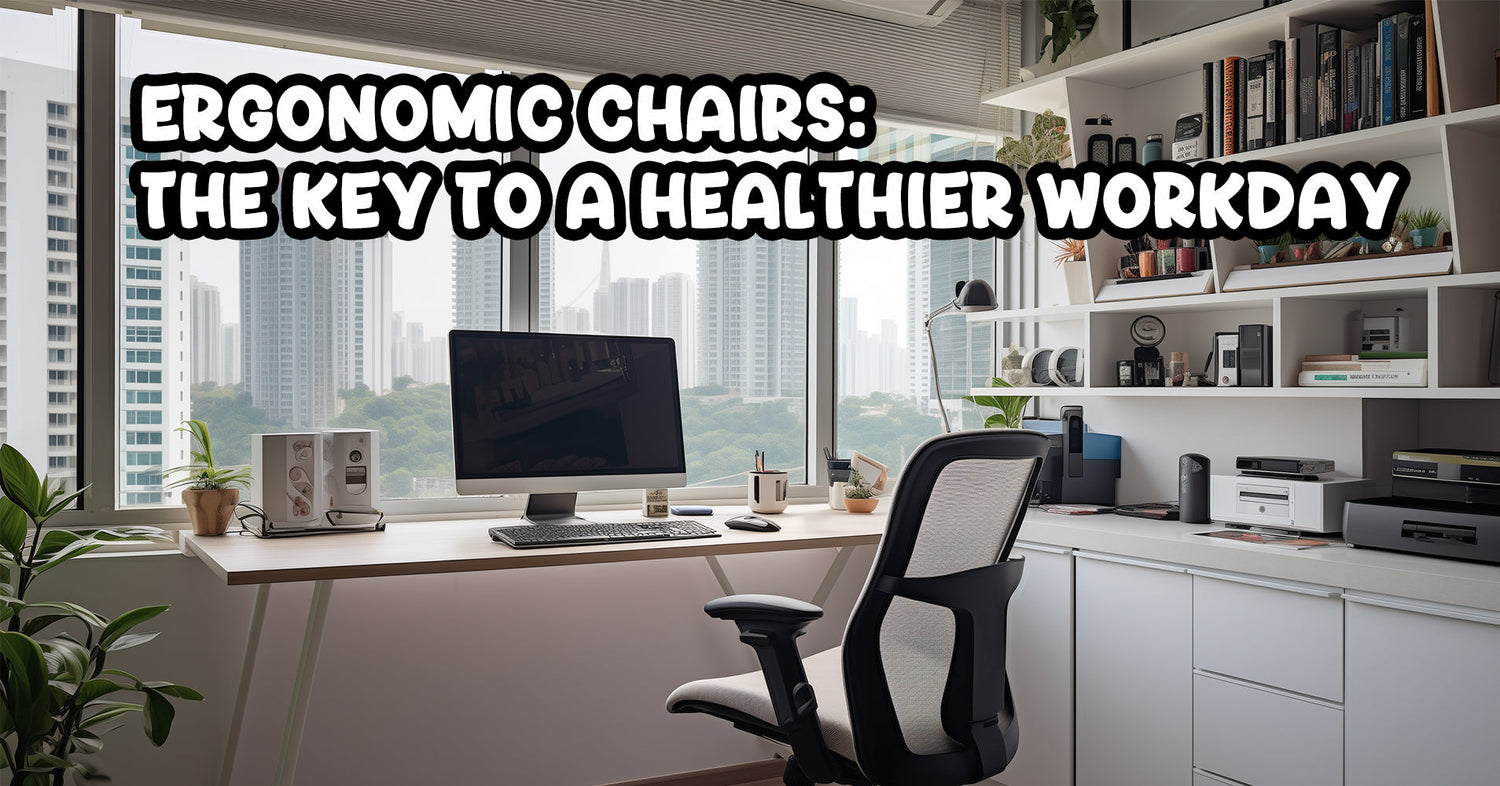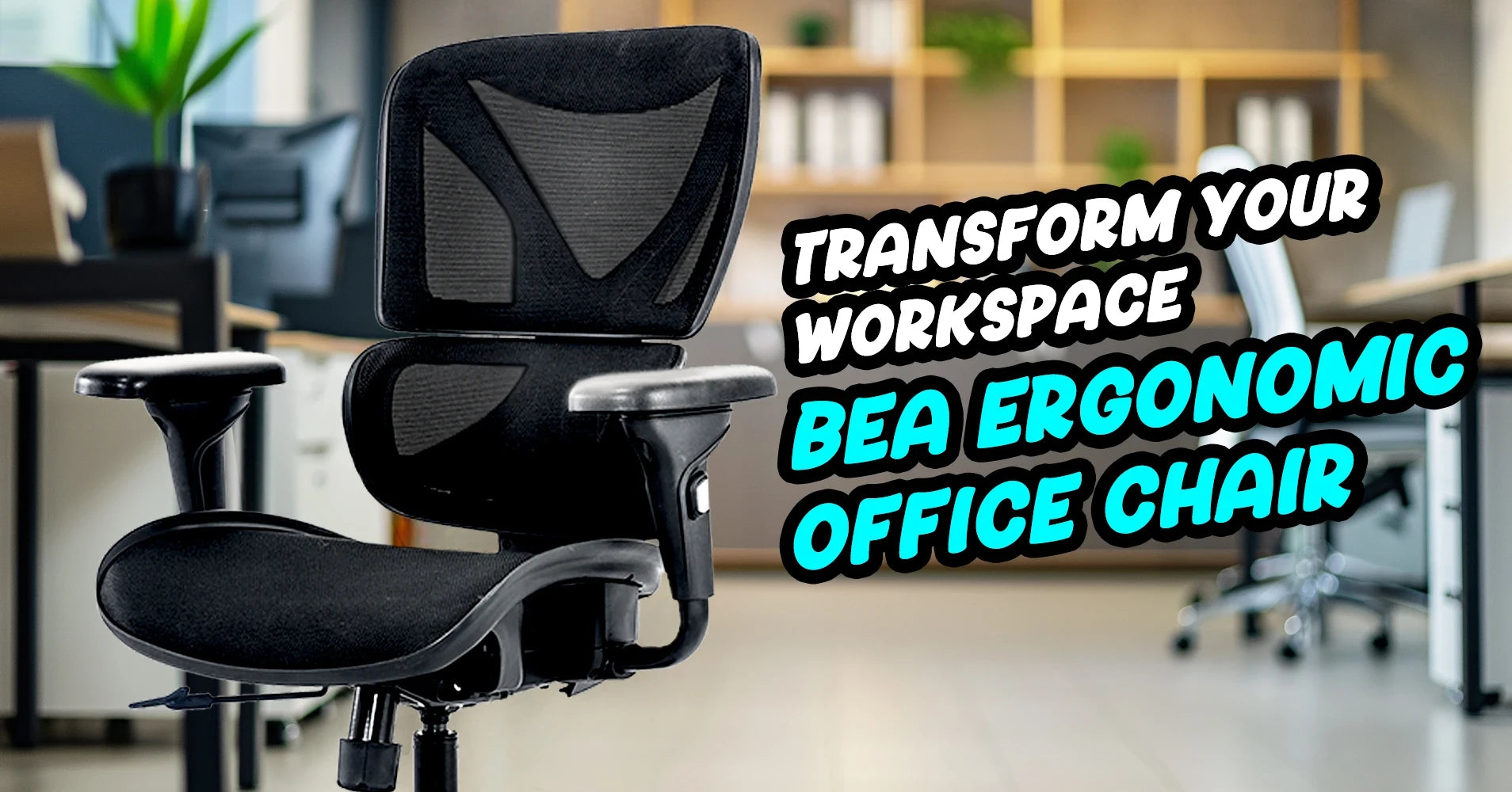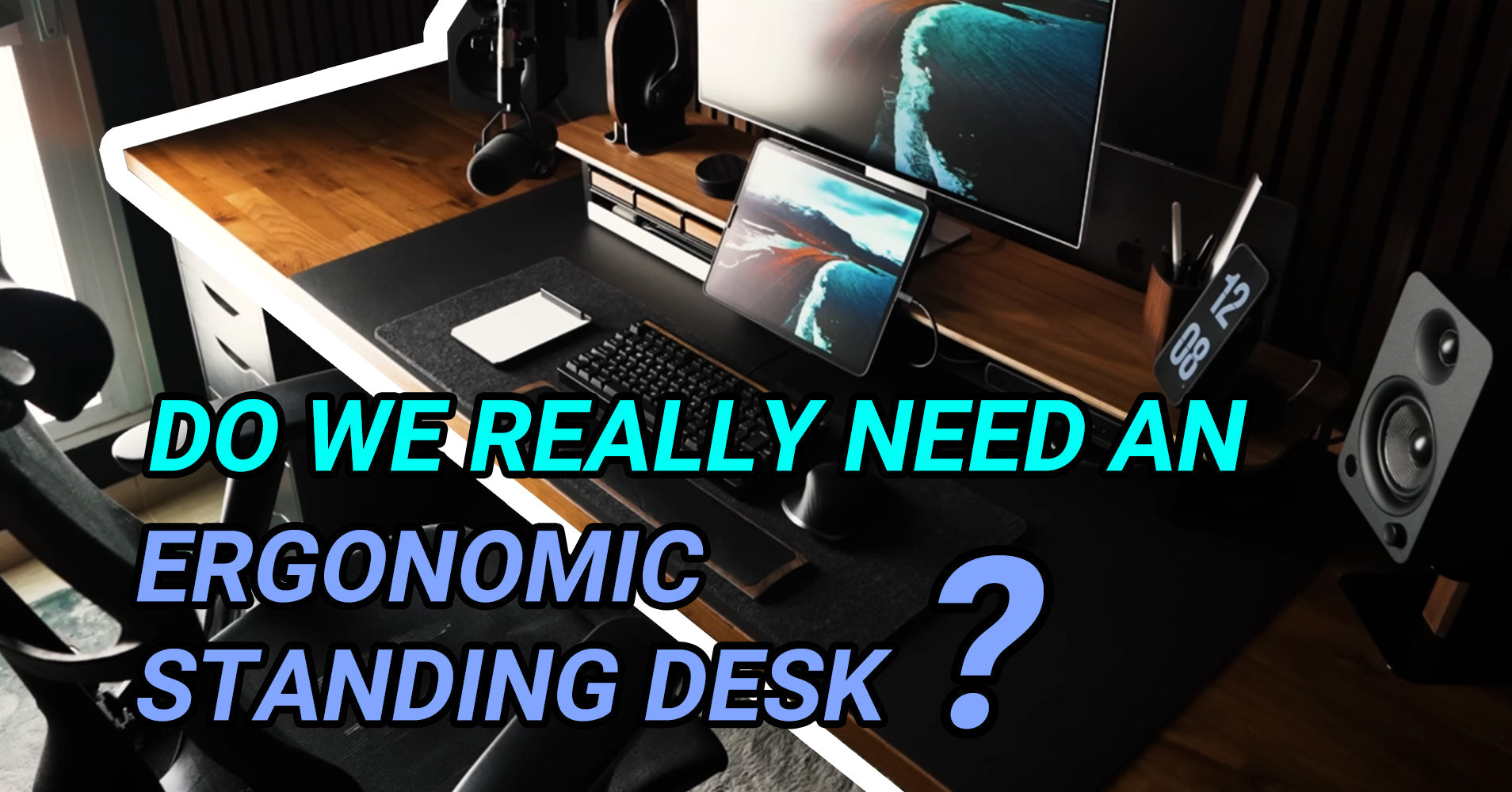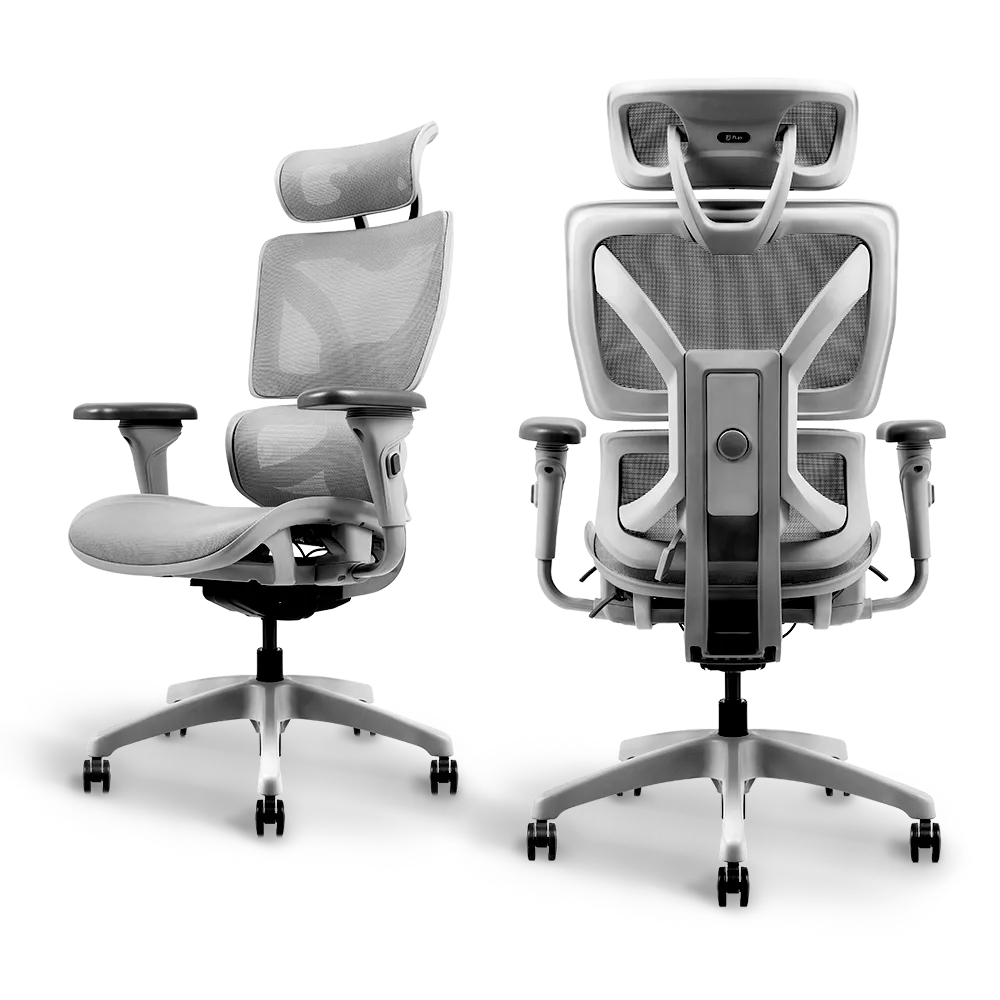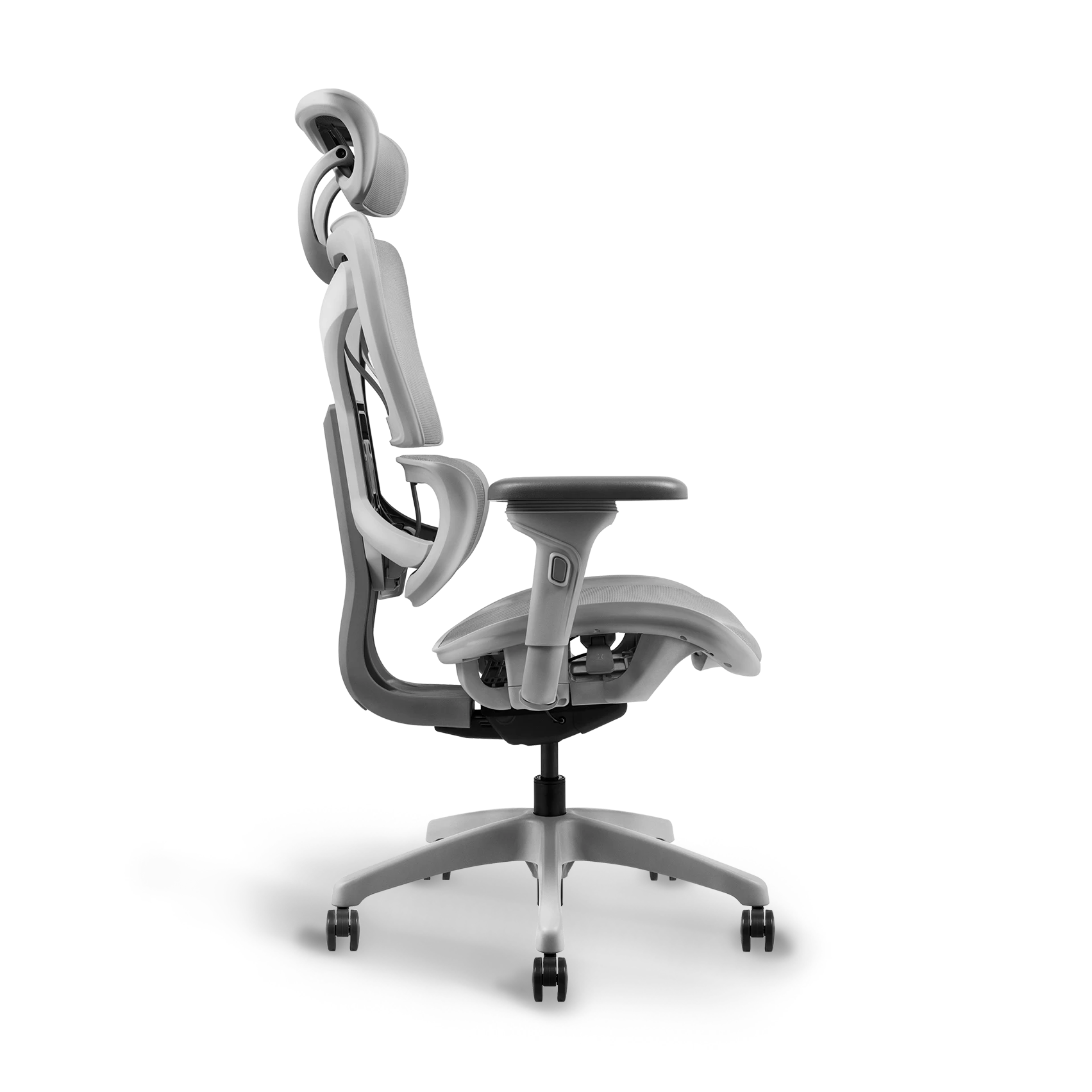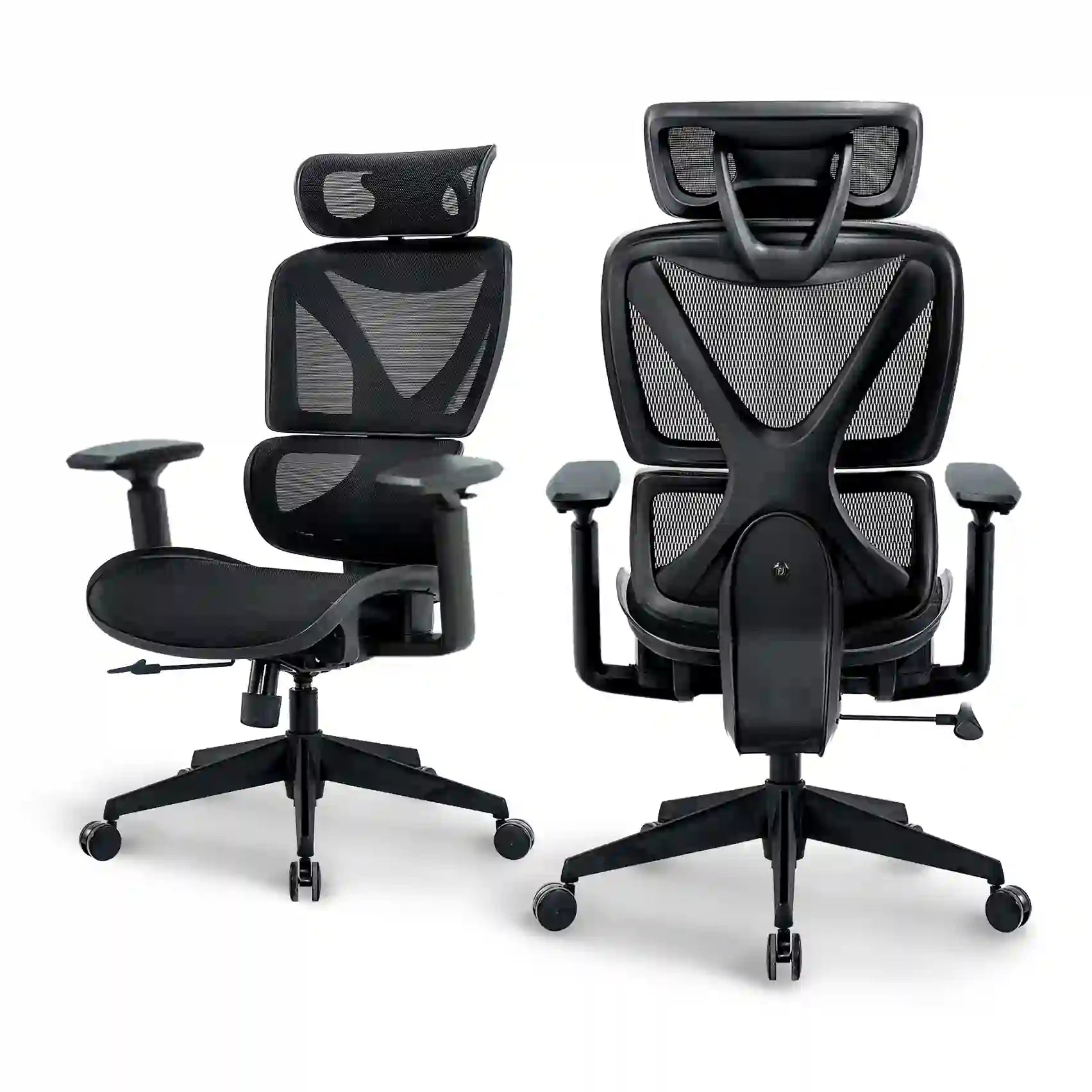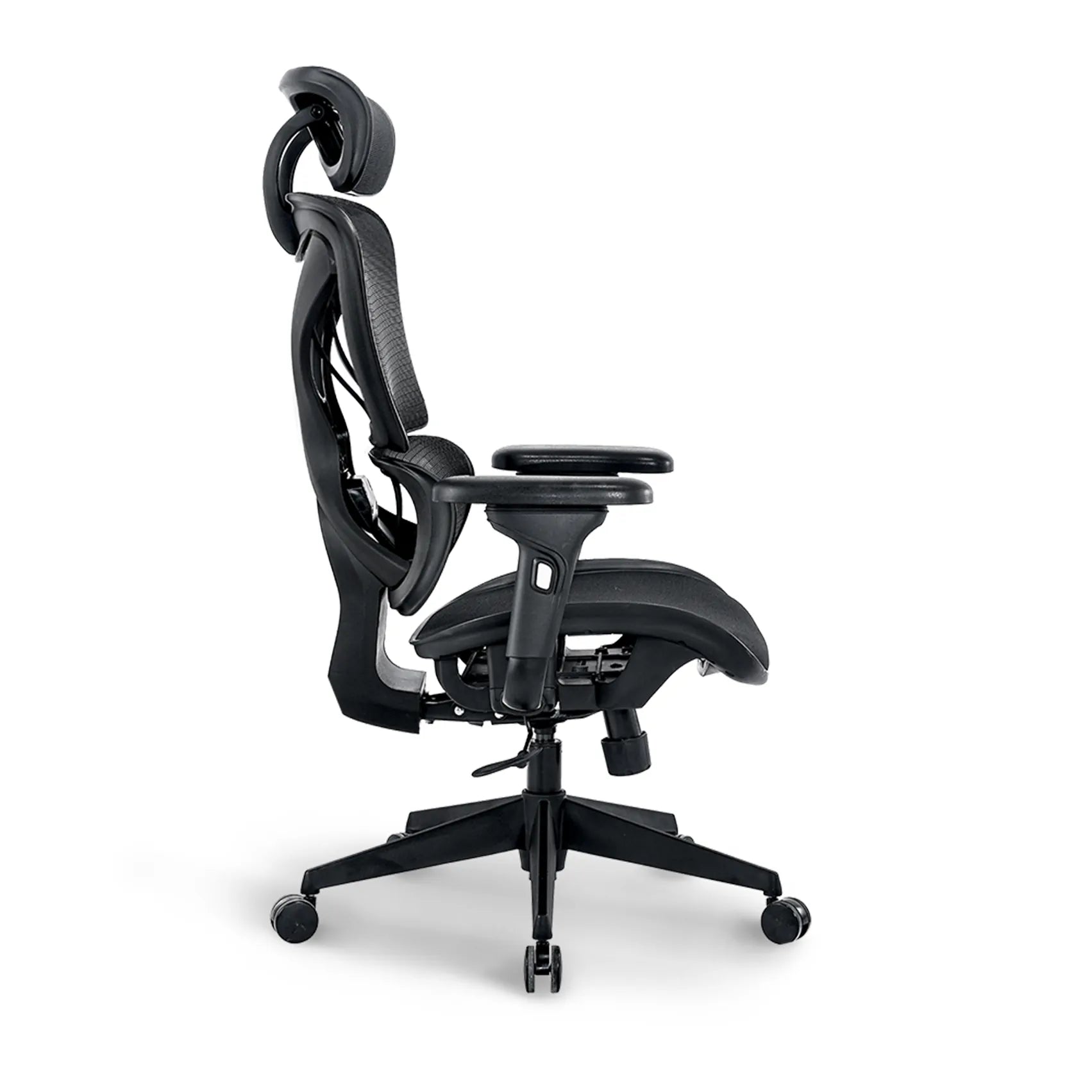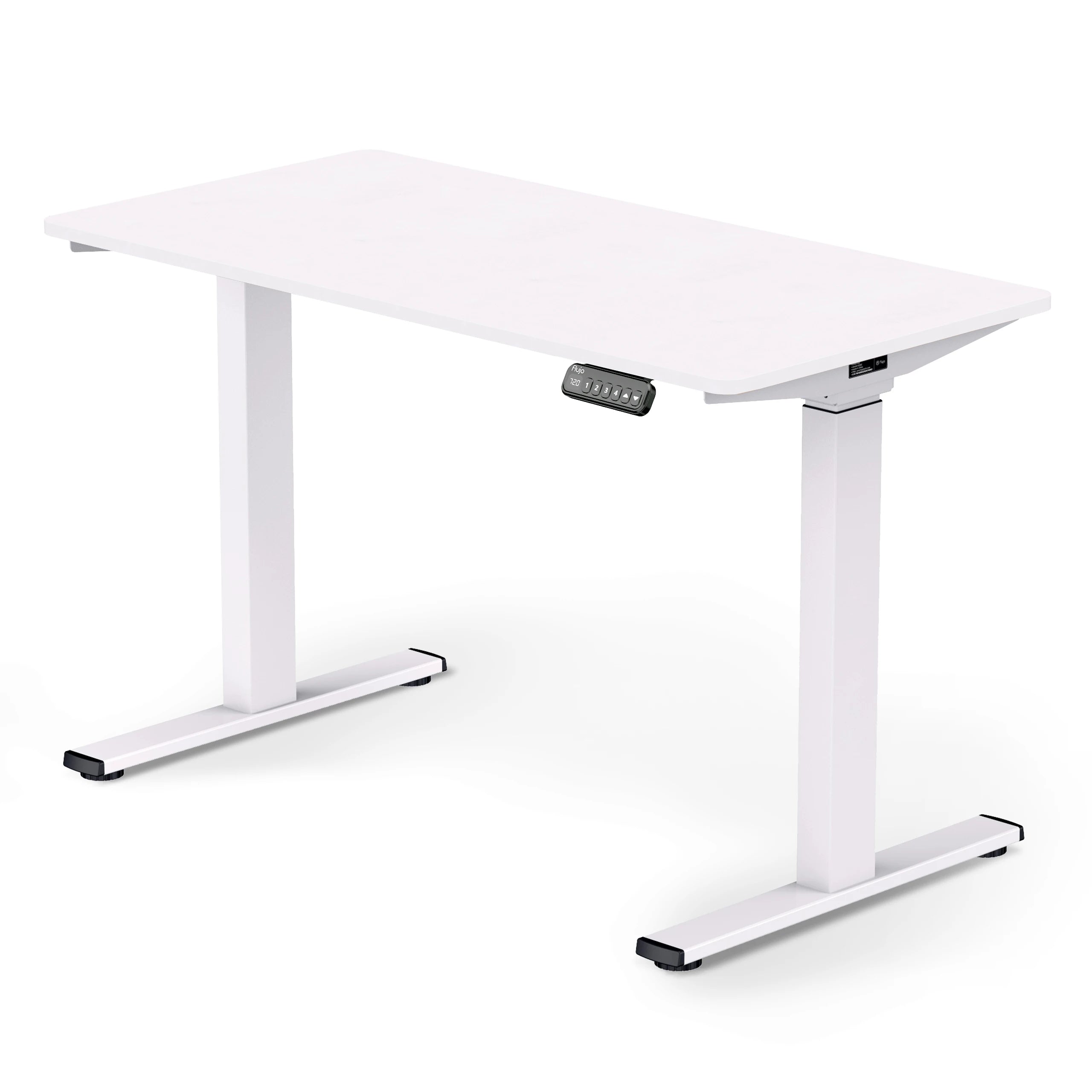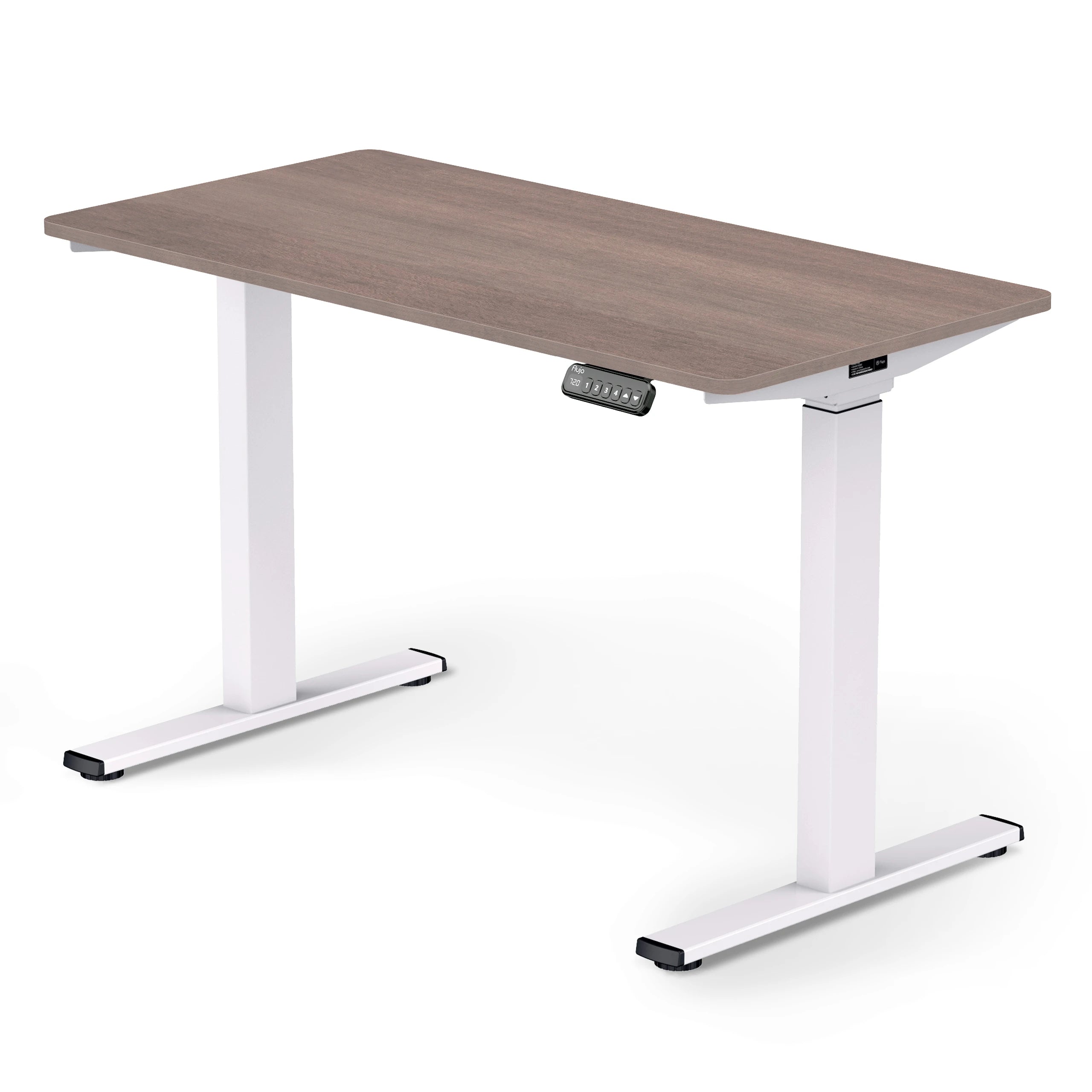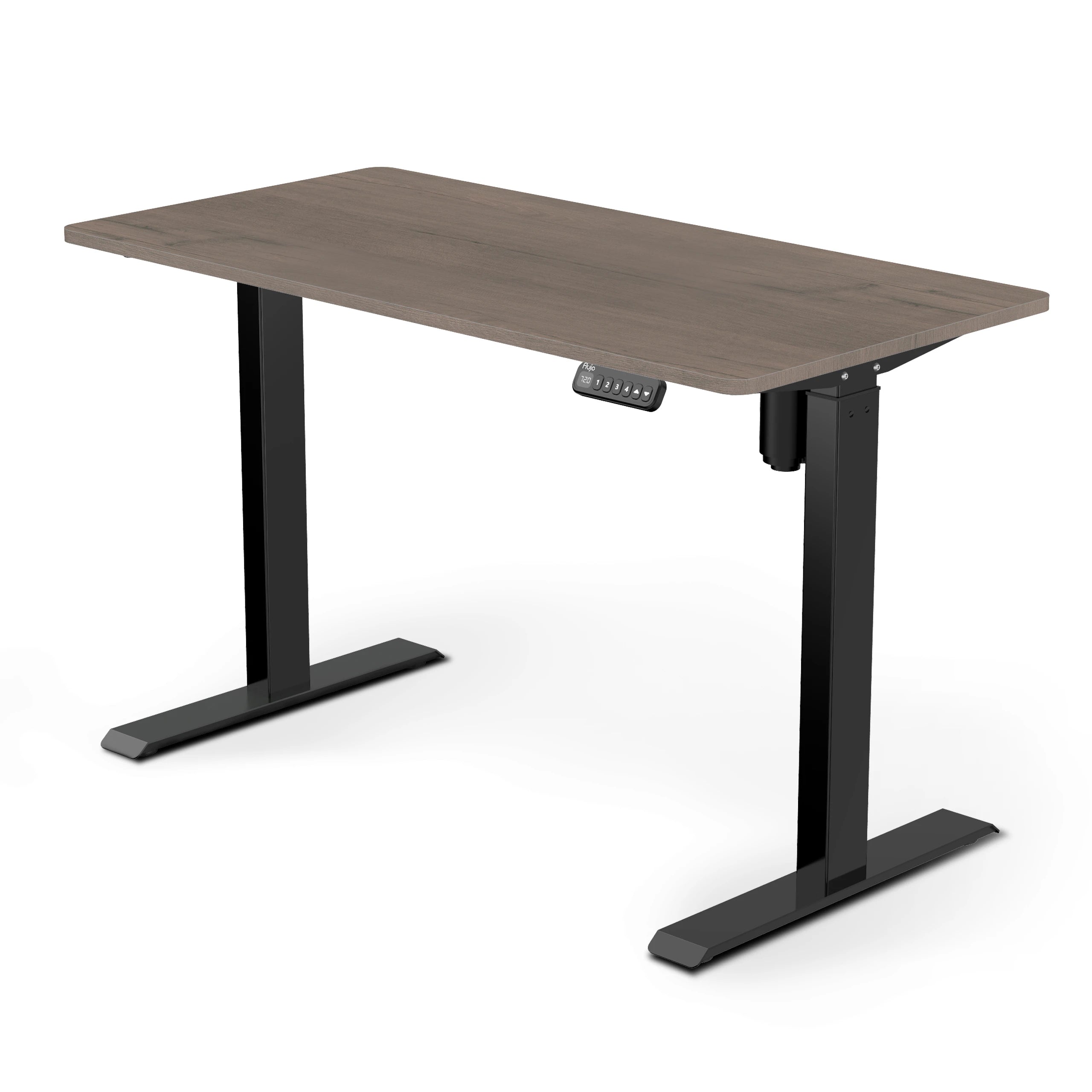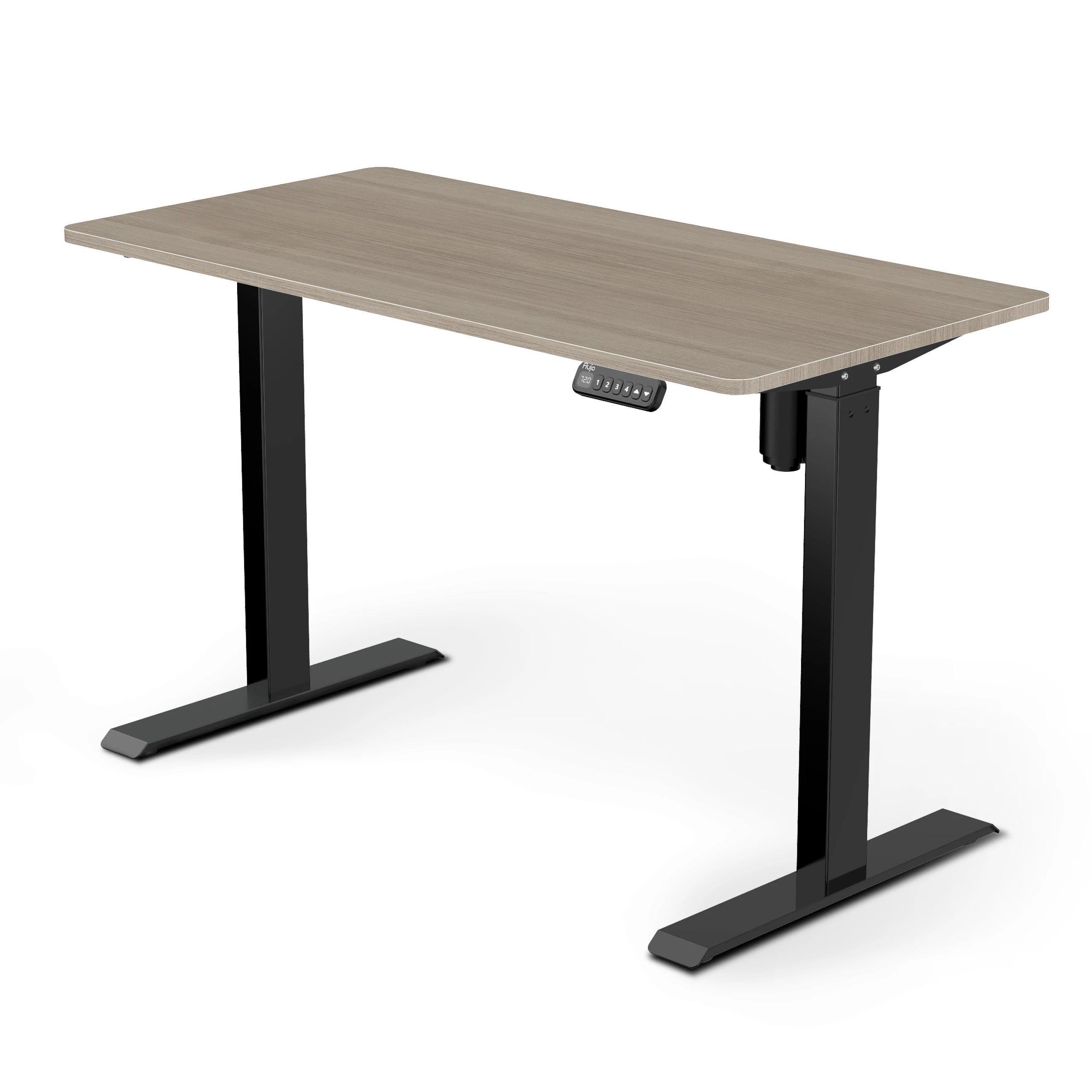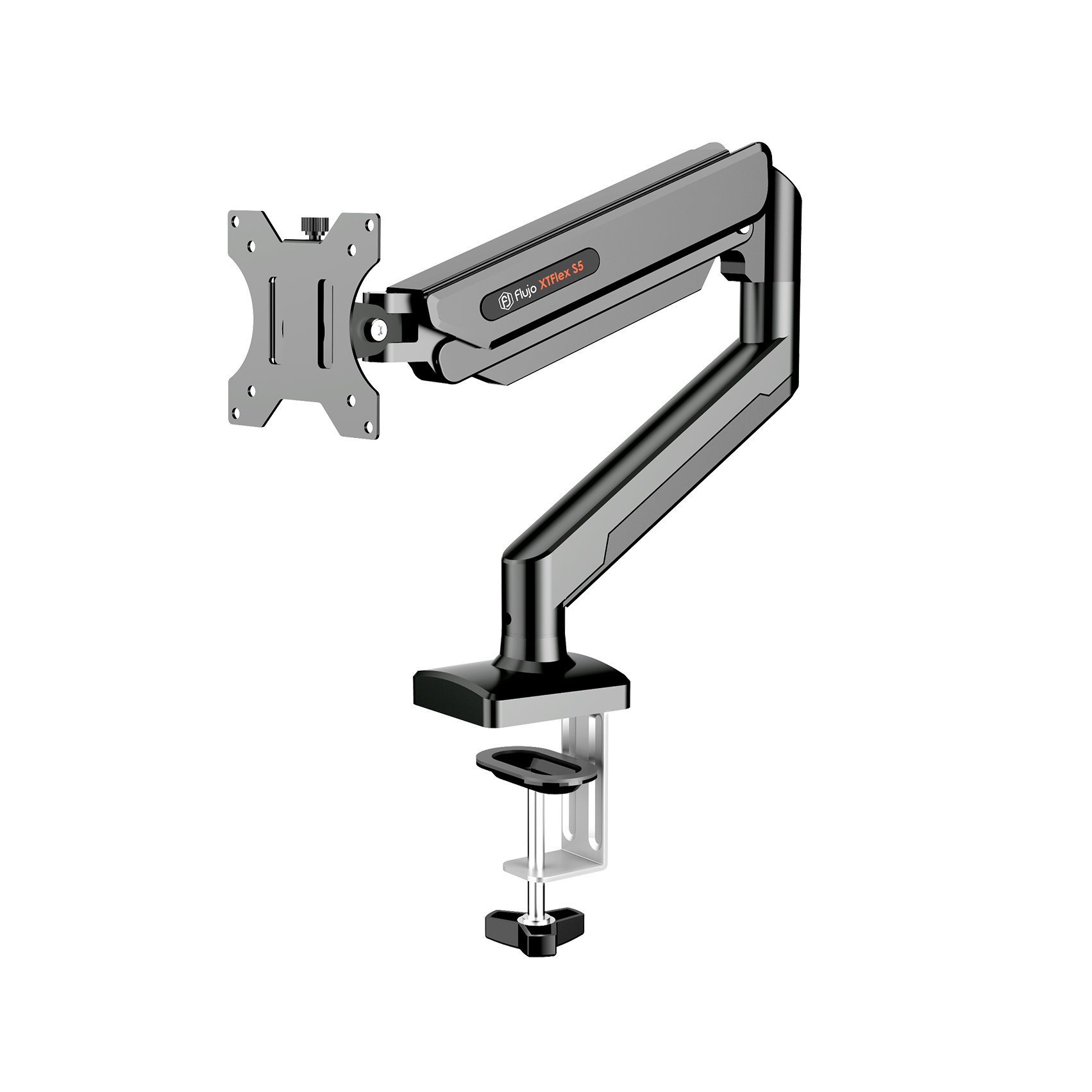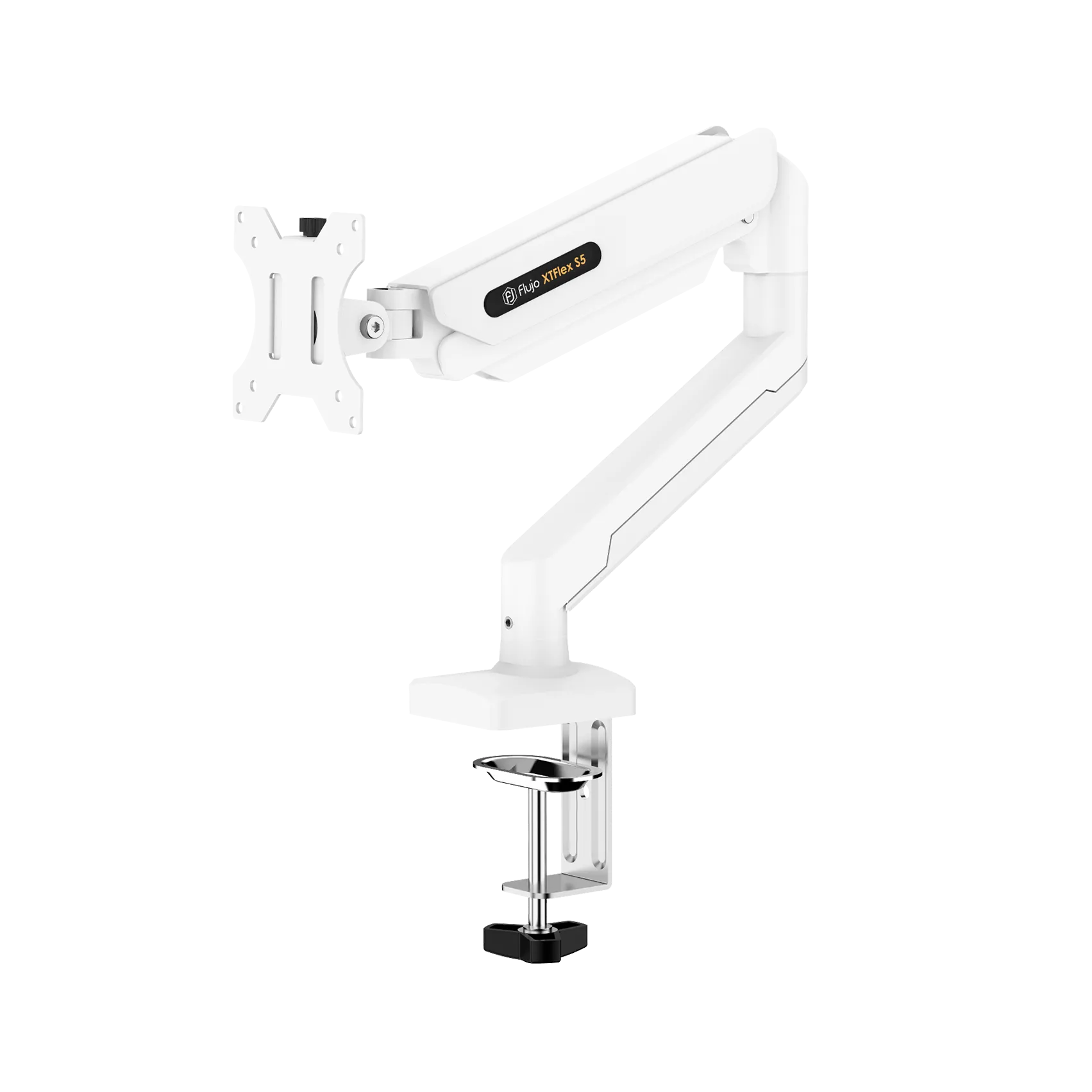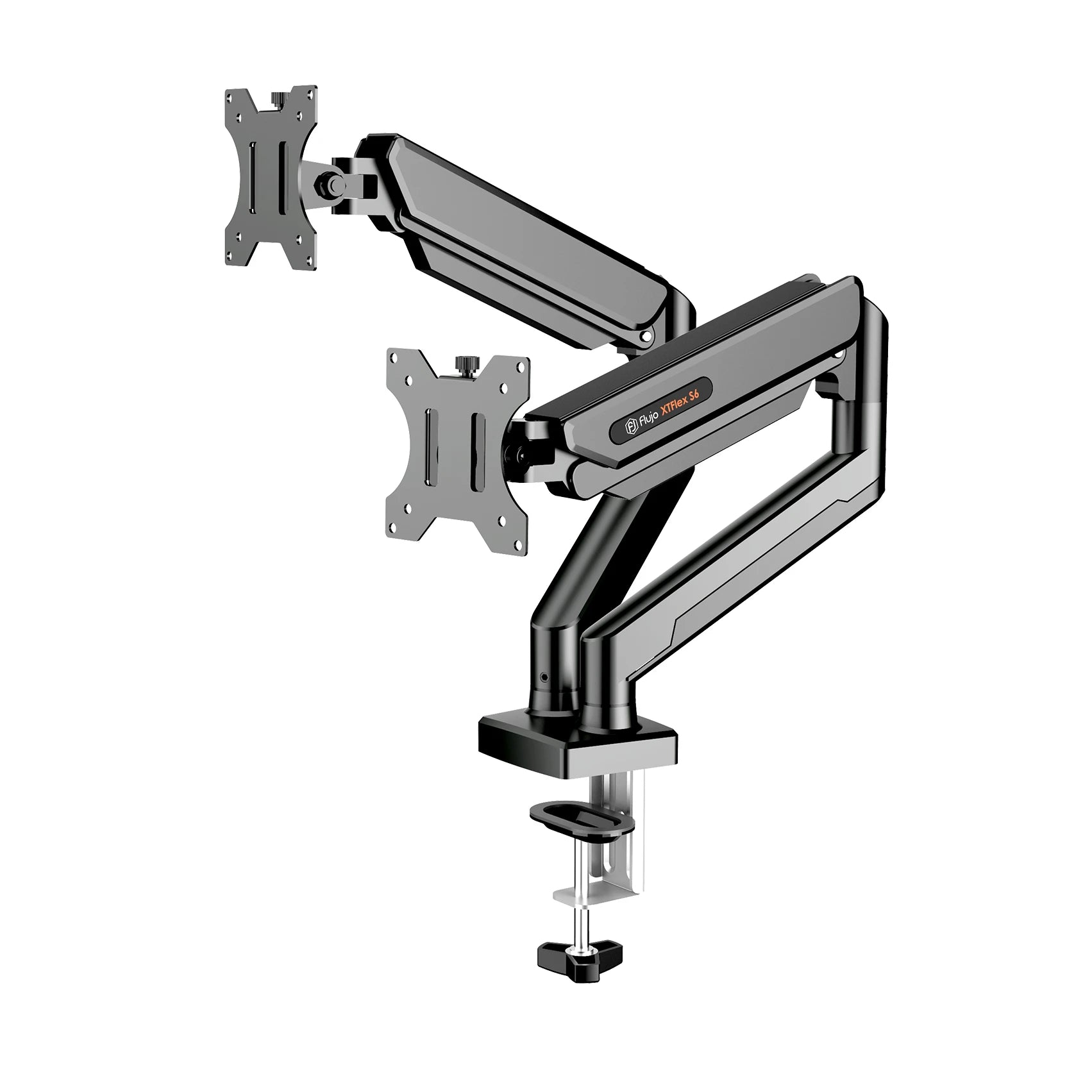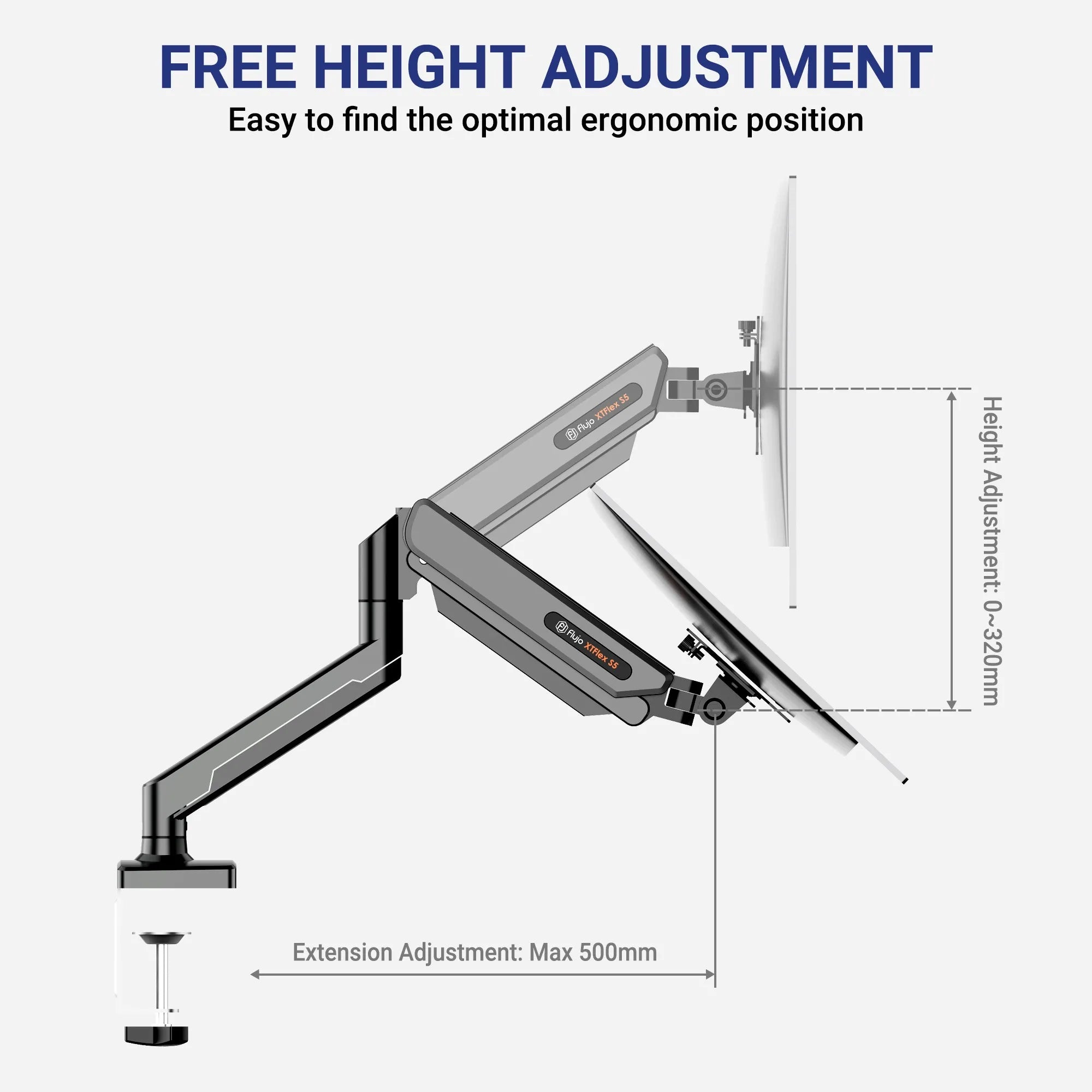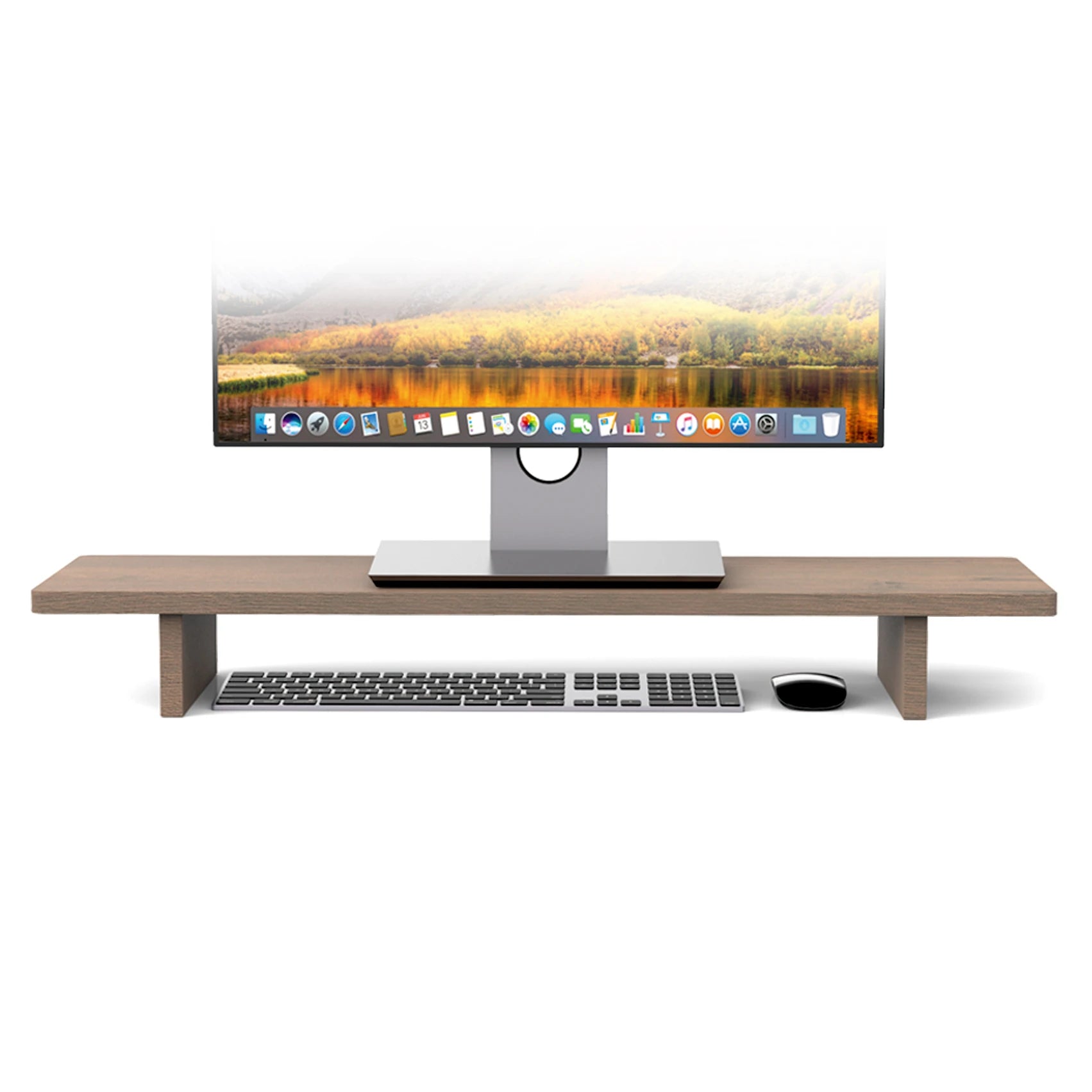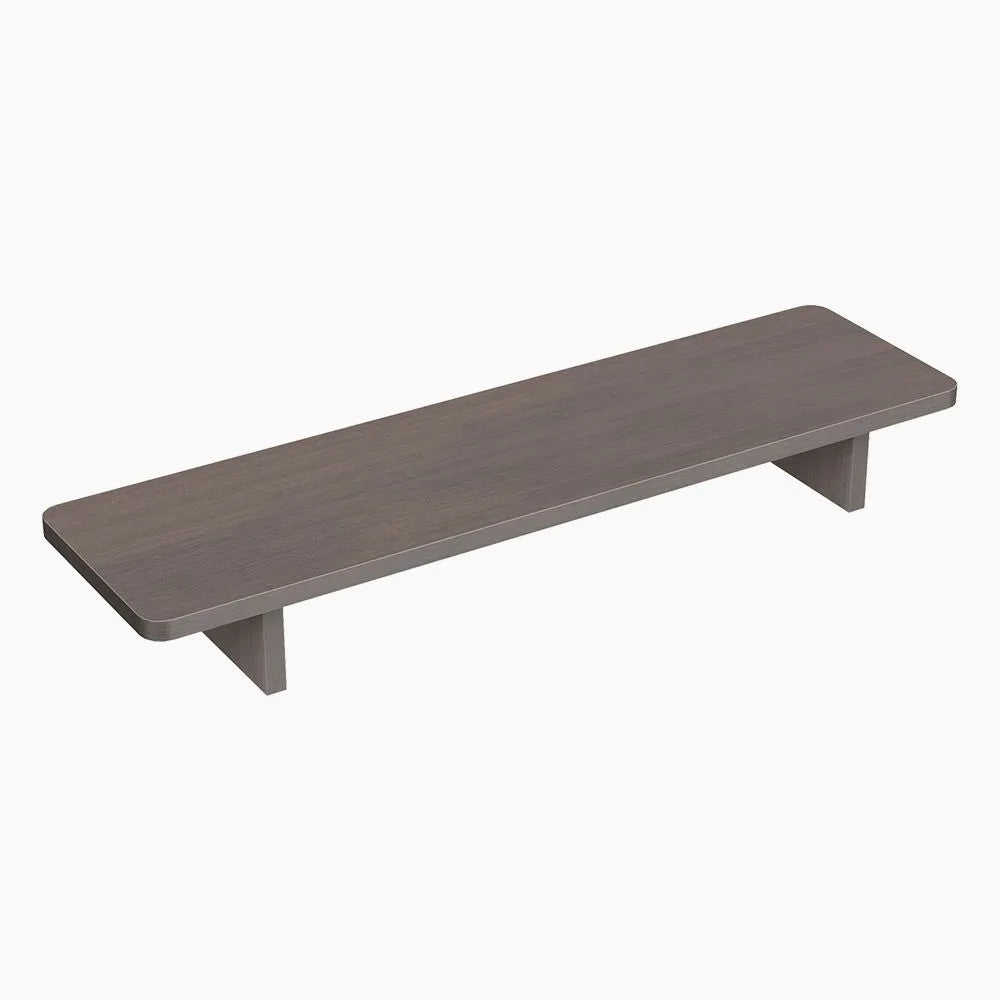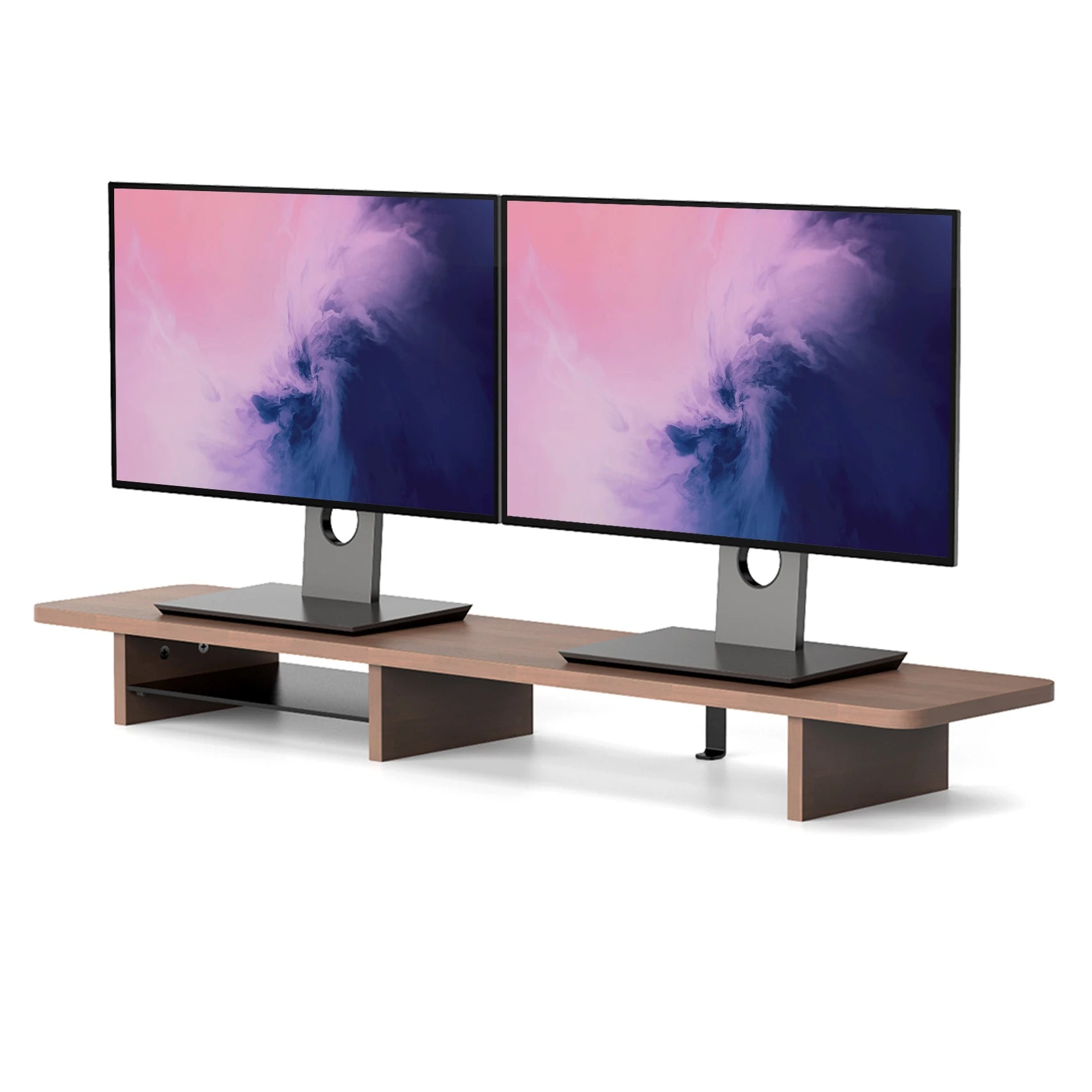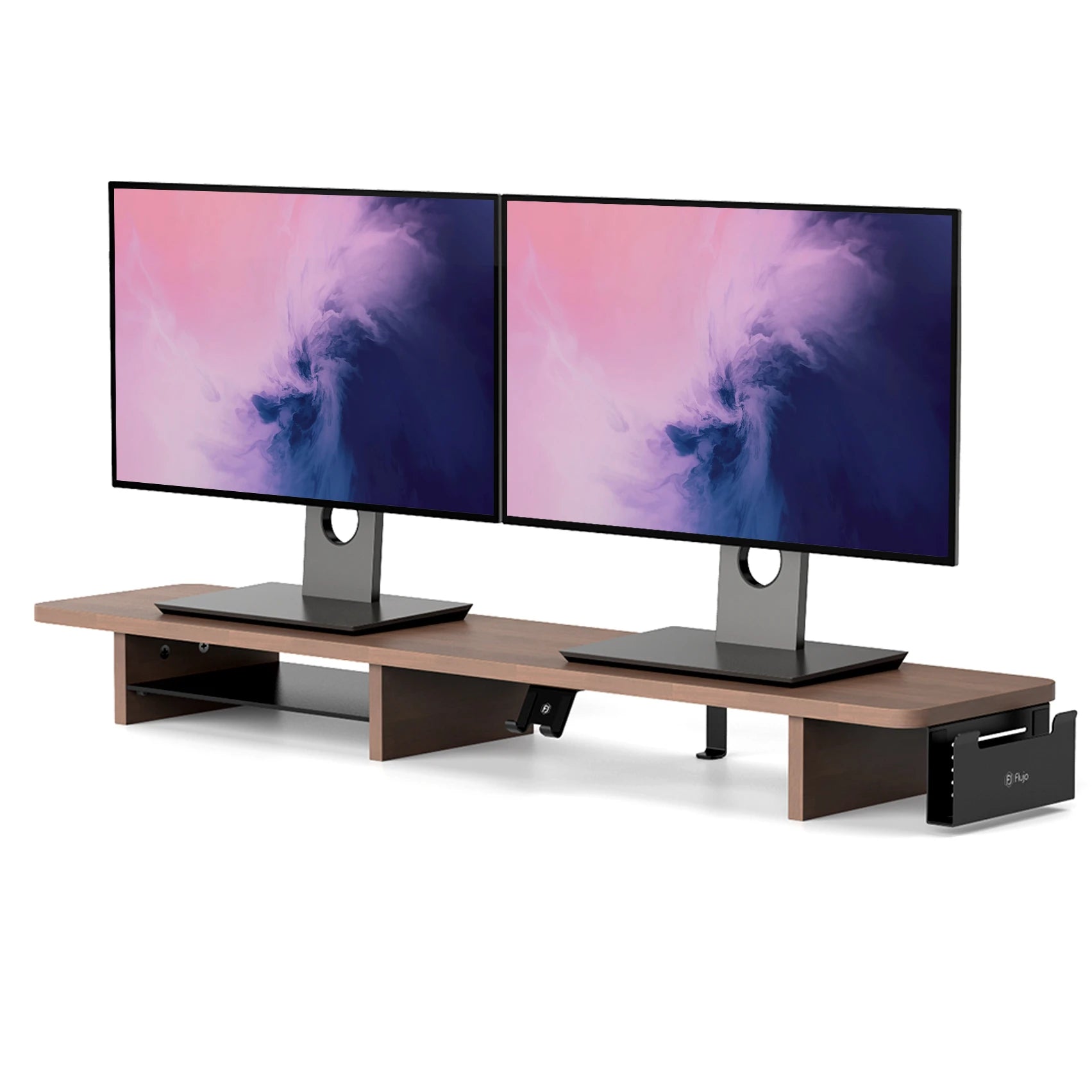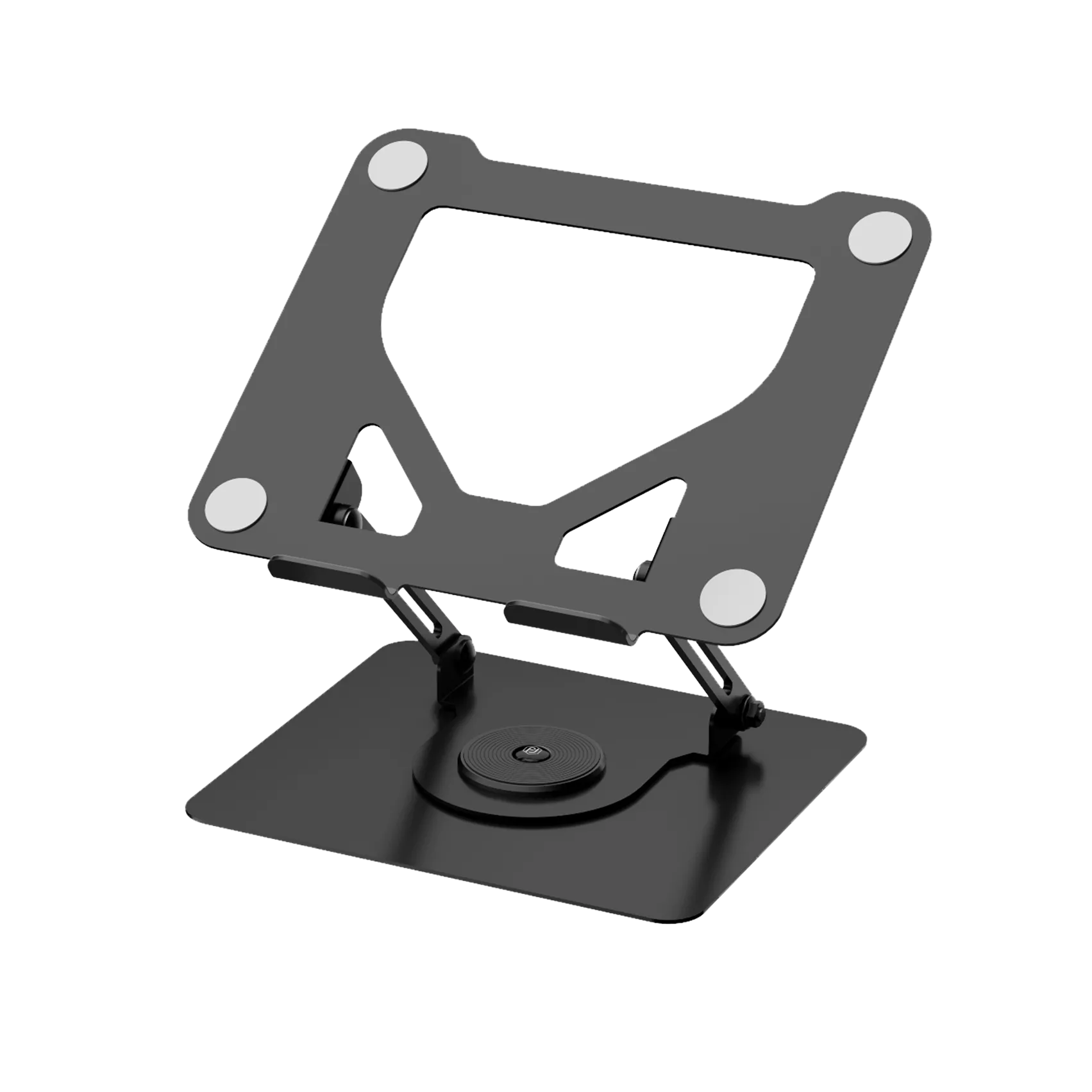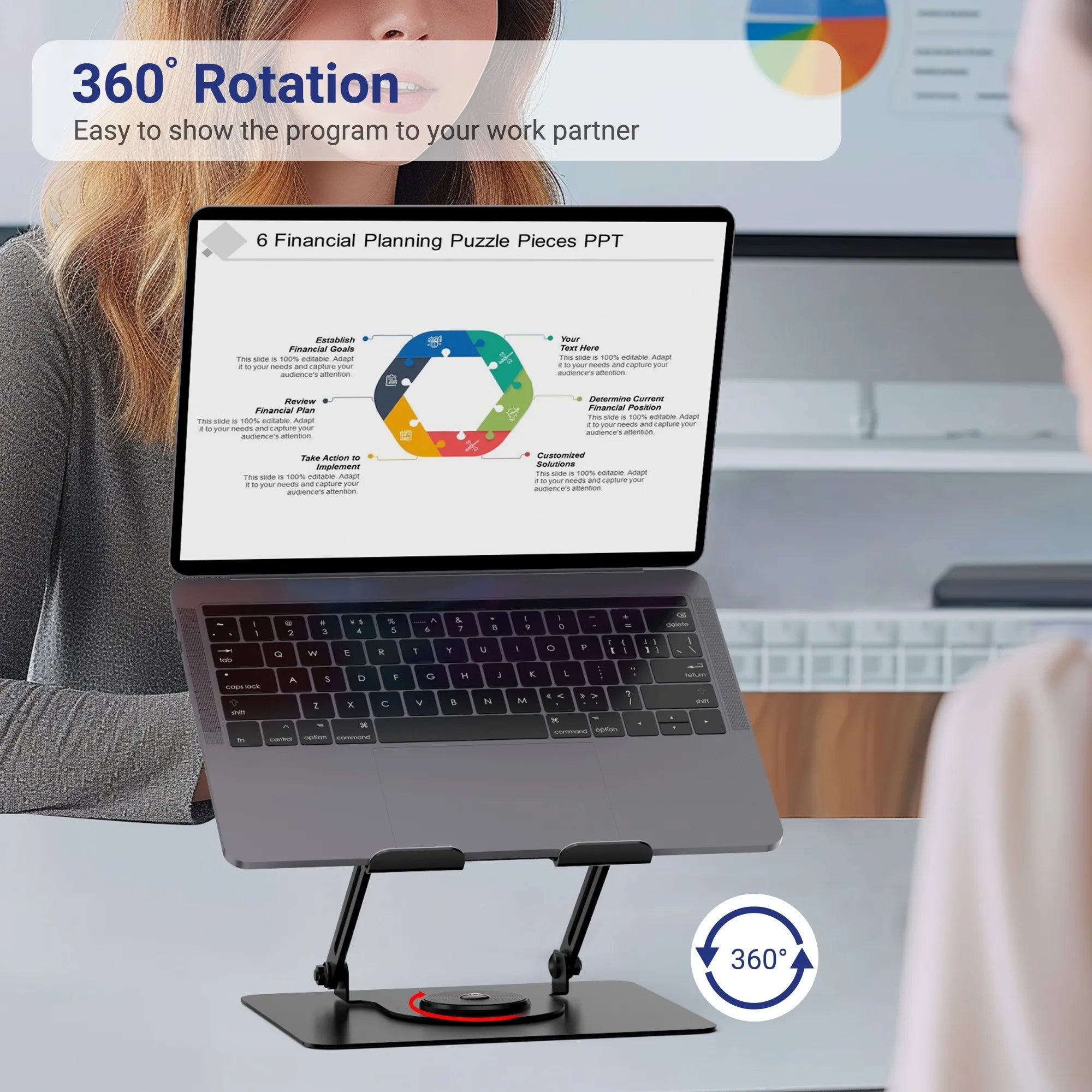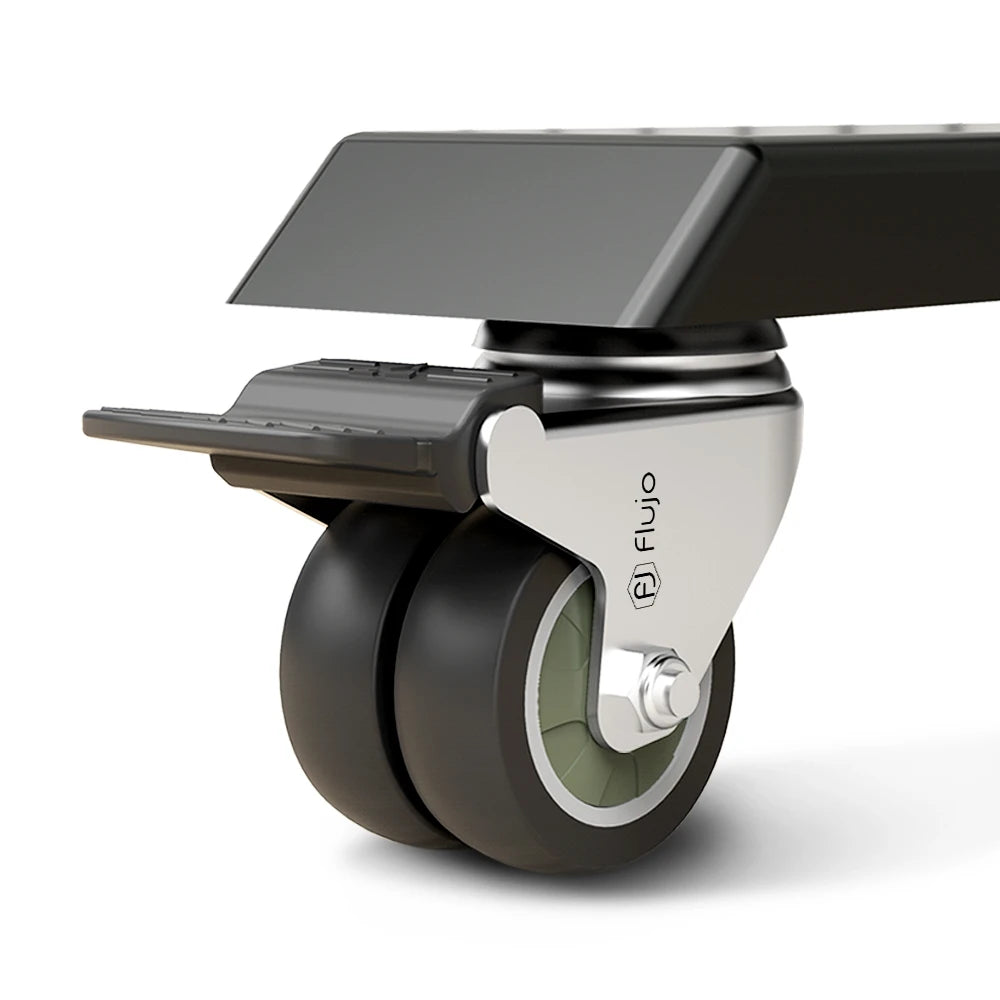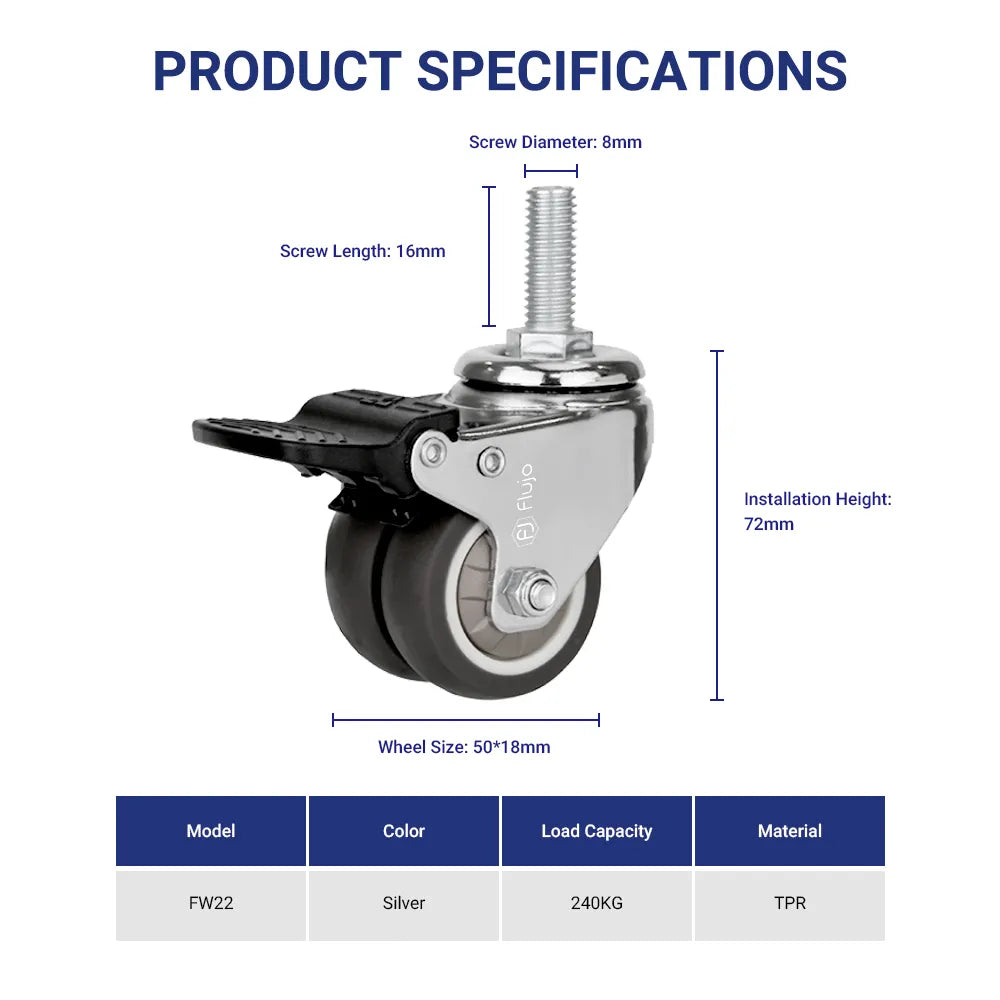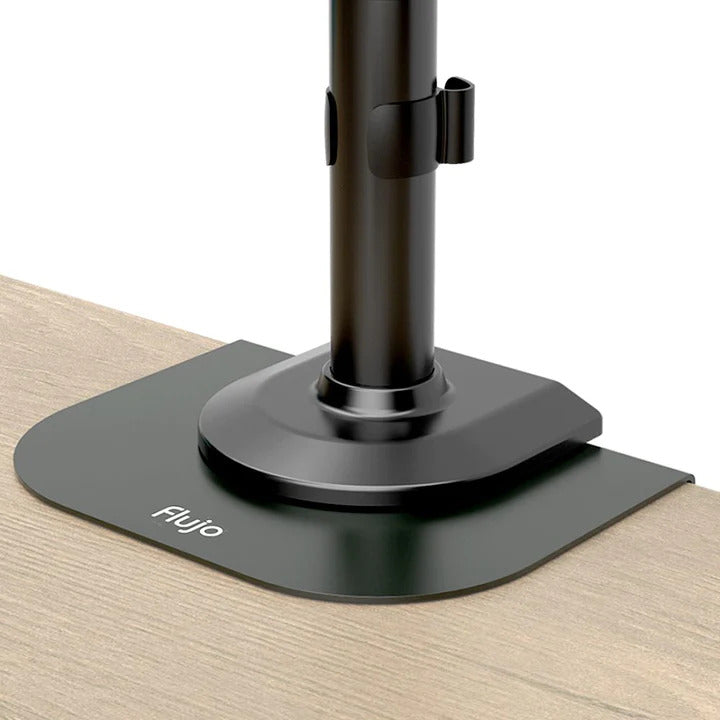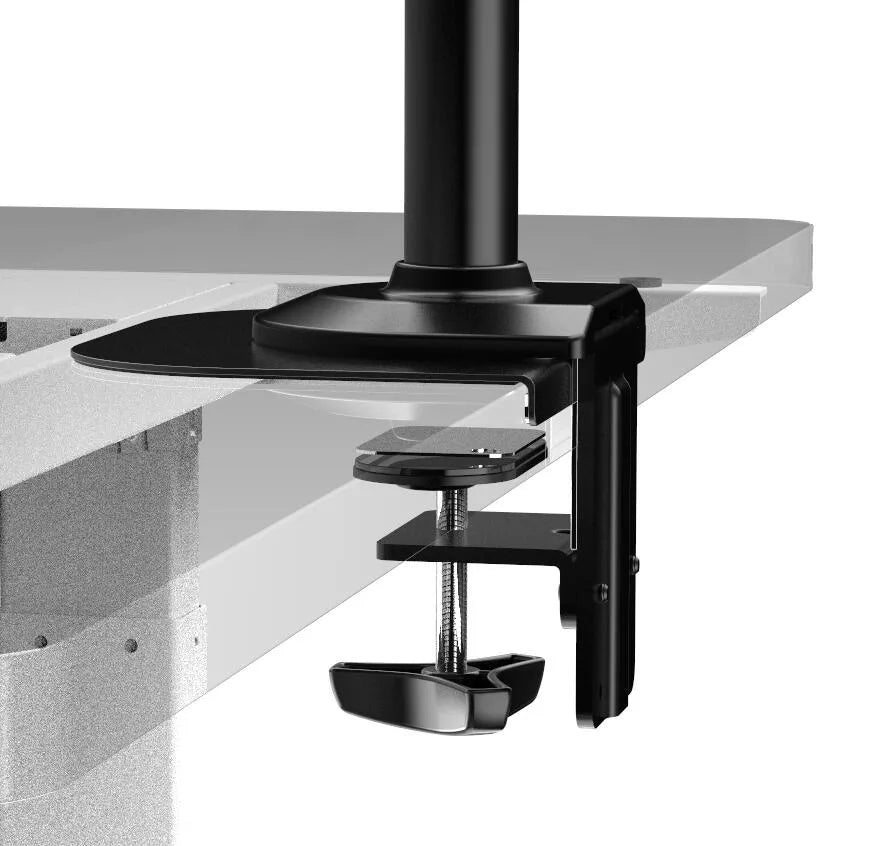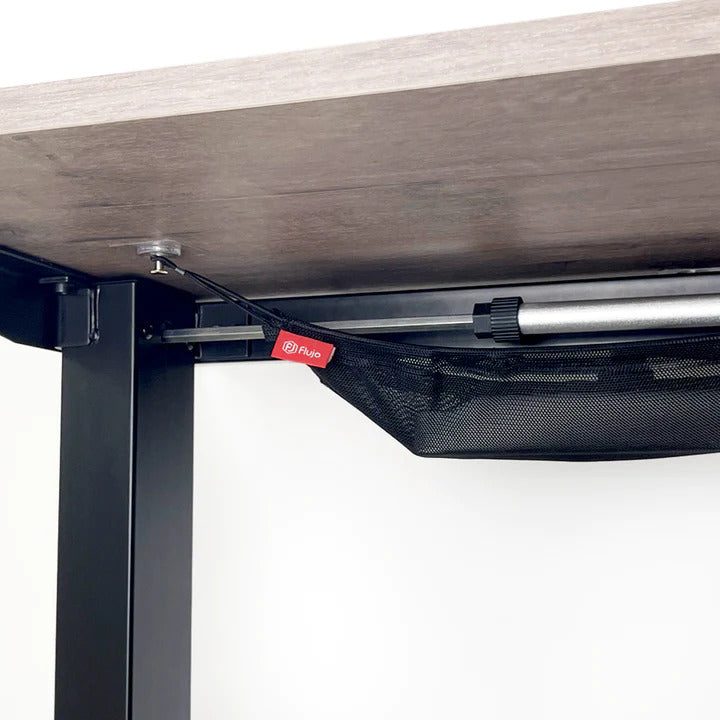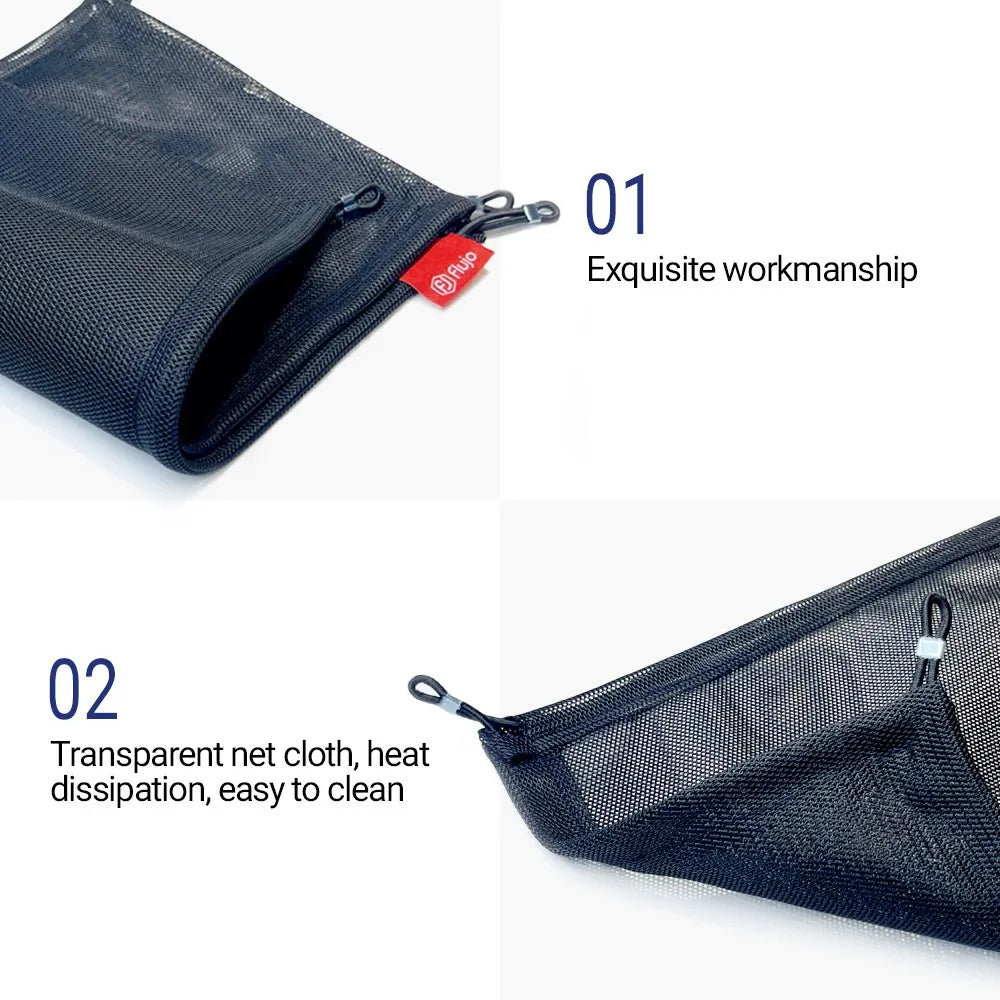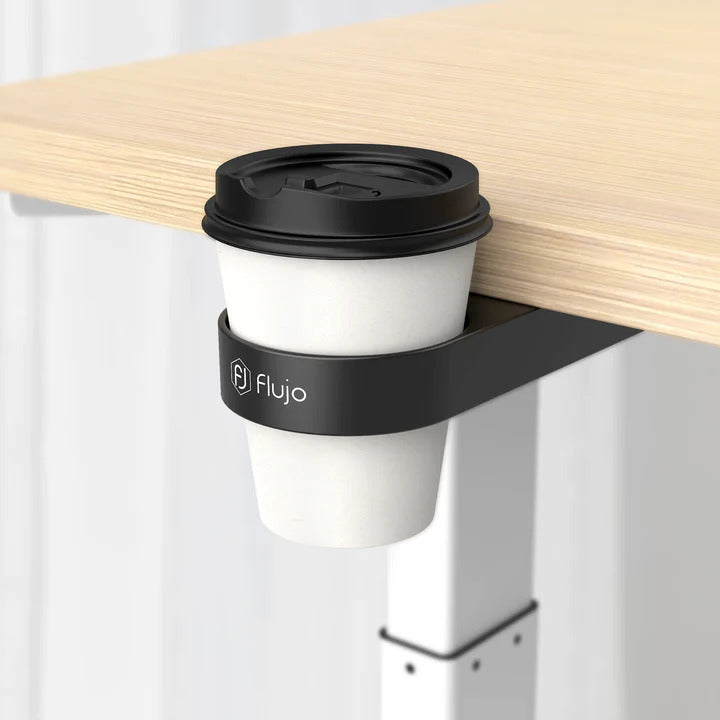Ergonomic Chairs: The Key to a Healthier Workday
Discover how switching to an ergonomic chair can transform your workday, boost productivity, and say goodbye to back pain. Ergonomic chairs are engineered to support your body’s natural alignment, encouraging a healthier posture while seated. Unlike standard office chairs, ergonomic options come with adjustable features tailored to your body’s needs—lumbar support, adjustable armrests, and customizable seat depth—making them ideal for anyone spending long hours at a desk.
The real beauty of ergonomic chairs lies in their ability to adapt to you, providing personalized comfort that mitigates the risk of musculoskeletal issues. Embrace the change and make the switch to an ergonomic chair today. Experience the difference in comfort, well-being, and efficiency at work.
What is an Ergonomic Chair?
An ergonomic chair is a type of seating specifically designed to support the body efficiently and comfortably during long periods of sitting. Unlike traditional chairs, ergonomic chairs are tailored to fit the natural curvature of the spine, aiming to promote good posture and reduce the strain on muscles and joints.
The core idea behind these chairs is to adapt to the user's body, providing support where it's most needed.
Design Principles of an Ergonomic Chair:
- Adjustability:One of the hallmarks of an ergonomic chair is its adjustability. These chairs typically come with various adjustable features such as seat height, backrest tilt, armrest height and width, and lumbar support. This customization allows users of different sizes and shapes to find a comfortable and supportive sitting position.
- Support:Ergonomic chairs are designed to provide proper support to crucial areas of the body. This includes lumbar support for the lower back, contoured seat cushions to support the hips, and a backrest that aligns with the natural curve of the spine.
- Comfort:Along with support, comfort is a key aspect of ergonomic chairs. They are often cushioned in areas that receive the most pressure, like the seat and backrest, and are made with breathable materials to keep the user cool.
- Durability and Quality:High-quality materials are used to ensure that the chair can withstand prolonged use without losing its ergonomic benefits. This includes sturdy frames, durable upholstery, and high-grade foam or cushioning.
- Mobility and Stability:Most ergonomic chairs come with a stable base and swivel capabilities, allowing easy movement around a workspace without straining. Casters are designed for smooth rolling, and the chair should remain stable and secure in various positions.
- Promoting Dynamic Sitting:Ergonomic chairs encourage movement and changing postures, which is essential for maintaining circulation and reducing muscle fatigue. Some chairs are designed to enable slight rocking or bouncing, which can be beneficial for staying active even while sitting.
In conclusion, an ergonomic chair is more than just a seat. It's a well-thought-out piece of equipment aimed at enhancing the health and productivity of individuals who spend a significant portion of their day sitting.
By addressing the unique needs of the human body in a seated position, ergonomic chairs play a crucial role in fostering a healthier, more comfortable, and more productive work environment.
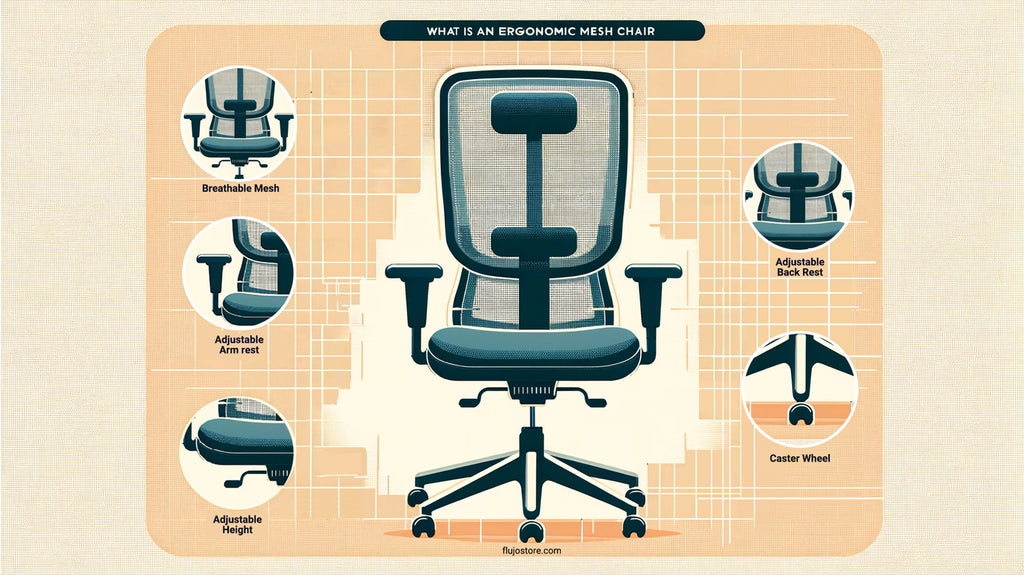
The Importance of Posture in Work Environments
Good posture is more than just sitting up straight; it's a crucial element in maintaining physical health and enhancing work performance. In work environments, where many of us spend hours hunched over desks, the significance of maintaining proper posture cannot be overstressed.
Impact on Health
- Reduces Back and Neck Pain: Slouching or leaning forward creates undue stress on the spine. Maintaining a neutral spine position, which ergonomic chairs support, helps in reducing the risk of developing chronic back and neck pain.
- Enhances Breathing: Proper posture allows your lungs to expand fully, improving oxygen flow to your brain and muscles. This increased oxygenation not only boosts energy levels but also enhances concentration and cognitive abilities.
- Prevents Muscle Fatigue: Correct posture distributes weight evenly and reduces strain on specific muscle groups. It helps prevent muscle fatigue and the discomfort that comes from prolonged, incorrect sitting positions.
-
Improves Circulation: Slumped sitting can constrict blood vessels, impeding circulation. Good posture ensures that blood flows freely, delivering essential nutrients to all parts of the body and preventing issues like swelling in the legs.
Impact on Work Performance
- Boosts Productivity and Concentration:With improved breathing and circulation, the brain receives more oxygen, thereby enhancing concentration and cognitive function. This leads to increased productivity and efficiency at work.
- Enhances Professional Image:Good posture not only benefits health but also contributes to a professional appearance. It conveys confidence, attentiveness, and engagement, qualities that are highly valued in any work setting.
- Reduces Absenteeism:By preventing chronic pain and musculoskeletal disorders, good posture can reduce the number of days employees are absent due to health issues.
- Encourages Positive Mental Health:There's a psychological component to posture as well. Upright posture has been associated with reduced feelings of depression, lower stress levels, and higher self-esteem.
In conclusion, the importance of good posture in work environments extends beyond physical health. It plays a pivotal role in enhancing work performance, professional image, and overall well-being.
Therefore, understanding and practicing proper posture is vital for anyone spending significant time in seated positions, especially in office settings. This awareness, coupled with an ergonomic workspace, can lead to a healthier, more productive work life.
Ergonomic Chairs and Back Pain Relief
Ergonomic chairs are specifically designed to support the body and reduce discomfort, especially in people who spend long hours sitting. One of their primary benefits is alleviating and preventing back pain, a common ailment in today's work environments.
How Ergonomic Chairs Help
- Lumbar Support:These chairs often feature enhanced lower back support, known as lumbar support, which is crucial in maintaining the spine's natural curve. This design helps in preventing slouching and reduces the stress on spinal discs and lower back muscles.
- Adjustability:The adjustability of ergonomic chairs allows users to customize their seating position. Features like adjustable seat height, backrest tilt, and armrests enable individuals to sit in a way that reduces strain on the back.
- Promoting Proper Posture:Ergonomic chairs encourage a balanced posture, where the feet are flat on the ground, hips slightly higher than knees, and the backrest aligned with the spine's natural curve. This posture distributes weight evenly and reduces the likelihood of developing back pain.
- Reducing Pressure on Hips:Comfortable, cushioned seats of these chairs distribute weight evenly, reducing pressure on the hips and lower back.
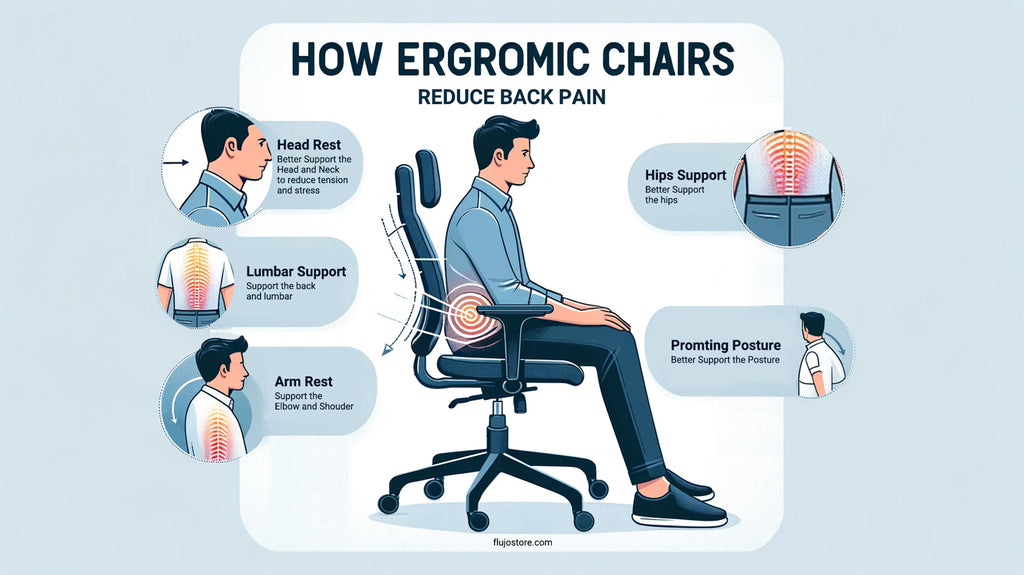
Expert Opinions and Studies
- Expert Opinion:According to Dr. James Smith, a leading ergonomist, ergonomic chairs play a significant role in preventing back pain. He emphasizes that the adjustability and support offered by these chairs are key factors in maintaining spinal health, especially for those who sit for prolonged periods.
- Scientific Study:A study published in the 'Journal of Back Musculoskeletal Rehabilitation' found that participants who used ergonomic chairs reported significant reductions in back pain and discomfort. The study highlighted the importance of chairs that can be adjusted to fit the individual's body dimensions.
- Workplace Analysis:A survey conducted in an office setting where ergonomic chairs were introduced reported a 25% decrease in complaints of back pain. Employees noted better comfort and reduced fatigue by the end of the workday.
In conclusion, ergonomic chairs are not just a trend in office furniture; they are a vital tool in combating back pain. Their design principles, focusing on support and adjustability, align closely with the needs of individuals who spend much of their day seated.
By promoting proper posture and reducing strain on the back, these chairs offer a practical solution to a common workplace issue. As more workplaces and individuals become aware of the benefits of ergonomic chairs, we can expect a significant improvement in office health and comfort.
Ergonomic Chairs for Work from Home Settings
The shift towards remote work has brought the home office into the spotlight, underscoring the need for ergonomic chairs in these settings. As more people find themselves working from home, the importance of having a comfortable, supportive chair cannot be overstated.
Why Ergonomic Chairs are Essential for Home Offices
- Increased Sitting Time:Many remote workers find themselves sitting for longer periods than they might in a traditional office. An ergonomic chair helps mitigate the health risks associated with prolonged sitting by providing proper support and encouraging good posture.
- Enhancing Productivity:Comfort plays a significant role in productivity. An ergonomic chair reduces discomfort and fatigue, enabling individuals to focus better and work more efficiently.
- Versatility:Home offices often serve multiple purposes and may not have the same space as a traditional office. Ergonomic chairs are adjustable and can fit various body types and workspaces, making them a versatile option for home settings.
- Health Benefits:These chairs are designed to support the natural curve of the spine, reduce strain on the back and neck, and promote better posture, thereby preventing the common aches and pains associated with poor seating.
- Customization:The adjustability of ergonomic chairs allows users to tailor the chair to their specific needs. Whether it's adjusting the height, tilt, or lumbar support, these chairs can be customized to suit individual comfort levels, which is especially important in a home office where one might spend long hours.
- Investment in Well-being:Investing in an ergonomic chair is an investment in one’s health and well-being. Given that remote work can sometimes blur the lines between work and personal life, having a dedicated, comfortable workspace is essential
The Growing Trend
As remote work becomes more common, the demand for home office equipment that supports health and well-being is rising. Ergonomic chairs are at the forefront of this trend, with more people recognizing the importance of good seating in maintaining productivity and health.
Companies are also acknowledging this need. Some are providing stipends for home office equipment, understanding that employee comfort directly impacts performance and job satisfaction.
Conclusion
The home office is no longer just a temporary workspace but a permanent fixture in many people’s lives. Ergonomic chairs play a critical role in ensuring that this space is conducive to health, comfort, and productivity.
As the boundaries between work and home continue to evolve, the ergonomic chair stands out as a key element in creating a functional and comfortable home office environment.
Comparing Traditional and Ergonomic Chairs
When it comes to office seating, the choice often comes down to traditional chairs versus ergonomic chairs. Understanding the differences between these two types of chairs is crucial for making an informed decision about which is best for your work environment.

Traditional Chairs
Features:
- Basic Design:Traditional chairs typically have a fixed design with limited adjustability. They usually feature a fixed backrest, armrests, and seat height.
- Cushioning:These chairs often have standard cushioning, which may not provide adequate support for prolonged sitting.
- Aesthetics:Traditional chairs are often chosen for their style and how they fit with office decor.
Benefits:
- Cost-Effective:Generally, traditional chairs are more affordable than ergonomic ones.
- Simplicity:Their simple design makes them easy to use without the need for adjustments.
Drawbacks:
- Lack of Support:They may not offer sufficient support for the back, neck, and arms, leading to discomfort.
- One Size Fits All:The lack of adjustability can be problematic for users who do not fit the 'standard' chair size.
Ergonomic Chairs
Features:
- Adjustable Components:These chairs often include adjustable features like seat height, backrest tilt, armrest height, and lumbar support.
- Supportive Design:Ergonomic chairs are designed to support the natural curve of the spine and promote a healthy posture.
- Customizable Comfort:Users can adjust various aspects of the chair to fit their body dimensions and preferences.
Benefits:
- Enhances Comfort:The adjustability and support provided help in reducing discomfort during long periods of sitting.
- Prevents Pain:By promoting proper posture, these chairs can help prevent back and neck pain.
- Increases Productivity:A comfortable seating position can lead to better focus and increased productivity.
Drawbacks:
- Cost:Ergonomic chairs can be more expensive than traditional chairs.
- Learning Curve:It may take time for users to adjust and find their ideal seating position.
While traditional chairs may be suitable for short-term use or where budget constraints are a priority, ergonomic chairs offer significant advantages in terms of comfort and health benefits, especially for those who spend long hours sitting.
The choice between a traditional and ergonomic chair ultimately depends on personal needs, the nature of work, and how long you spend sitting each day. Considering these factors can help determine which chair is the best fit for your workspace.
Conclusion
In this comprehensive exploration of ergonomic chairs and their impact on workplace well-being, several key points stand out:
- Ergonomic Design:Ergonomic chairs are tailored to support the body's natural posture, with adjustable features like lumbar support and armrest height, offering a customized seating experience that traditional chairs can't match.
- Health Benefits:These chairs play a pivotal role in preventing and alleviating back pain, enhancing posture, and reducing the risk of long-term musculoskeletal problems. Their design encourages correct spinal alignment and evenly distributes weight, which is essential for those spending long hours seated.
- Impact on Productivity:Comfortable and supportive seating directly influences work performance. Ergonomic chairs can increase concentration and productivity by reducing discomfort and fatigue.
- Relevance in Remote Work:As work-from-home arrangements become more prevalent, the importance of having an ergonomic chair in home office setups has grown. It's not just an office accessory but a necessity for maintaining health and productivity in a remote working environment.
- Cost vs. Investment:While ergonomic chairs might have a higher initial cost compared to traditional chairs, they are an investment in your health, comfort, and productivity. The long-term benefits of using an ergonomic chair outweigh the initial expense.
- Versatility and Customization:The ability to adjust various parts of the chair to suit individual needs makes ergonomic chairs a versatile choice for a wide range of users, catering to different body types and work environments.
As you reflect on these insights, consider your current seating arrangement. Is it contributing to your well-being and productivity, or is it time to make a change? Remember, a chair is more than just a piece of furniture; it's a tool that can significantly impact your daily life, especially in a work setting.
We encourage you to weigh the benefits of ergonomic chairs and consider how an upgrade could positively influence your work life and health. After all, investing in the right chair is investing in yourself.
About Flujo
Flujo is a Singapore Ergonomic Eco-System company that specializes in ergonomic furniture and solutions We are determined to be a trusted brand to our customers. Designing with driving factors of innovation and customer-centric as core beliefs of our products, we are committed to understanding your needs. We strive to be the No 1 Ergonomic Chair and Height Adjustable Brand in Singapore.
Click here to view our selection of products
If you like our article, please help to like and forward.




